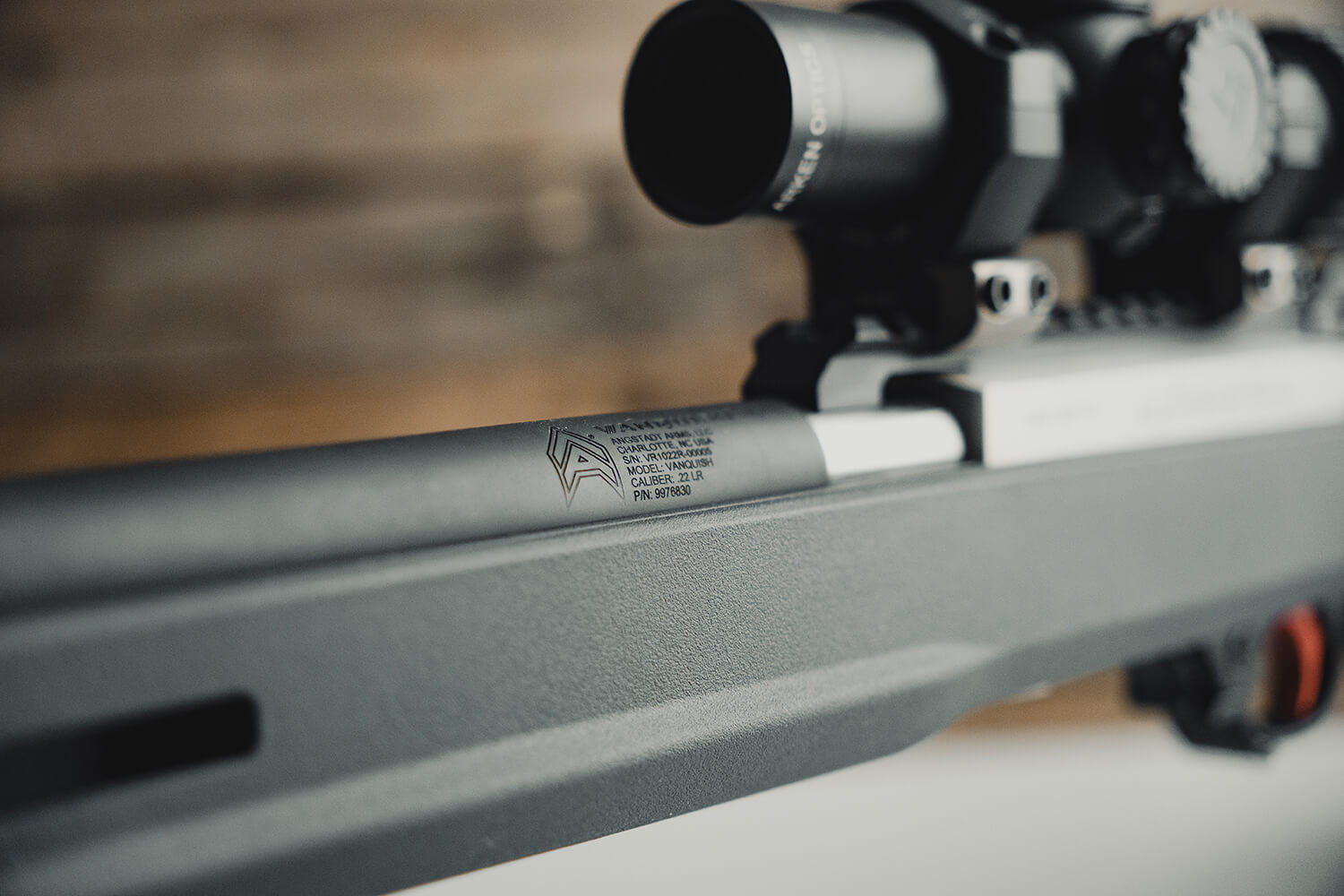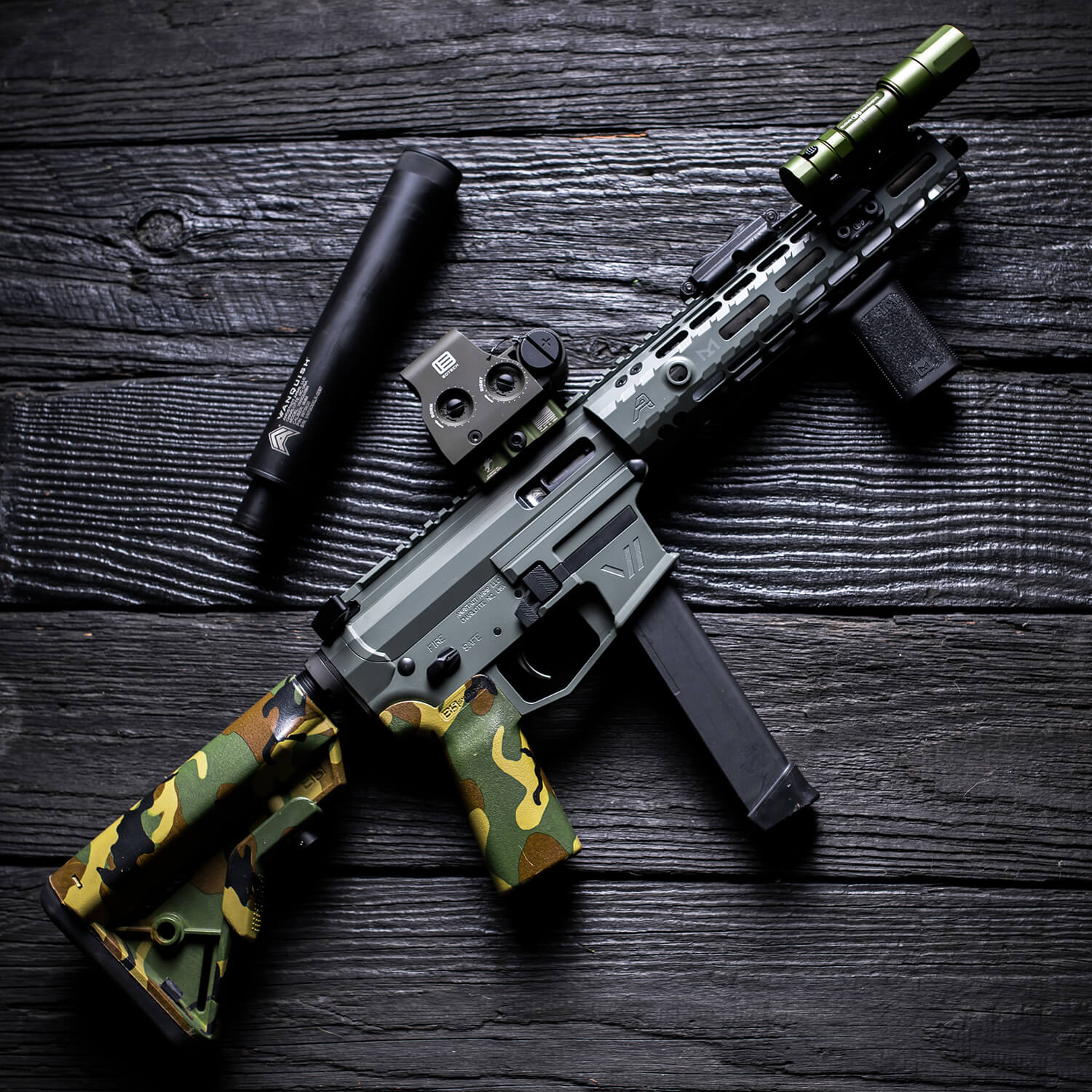Educational
How to Prevent Suppressor Baffle Strikes
When using firearms, understanding the mechanics of your gear is important, not just for performance, but also for safety. And nowhere is this more important than when shooting suppressed.
Suppressors, also known as silencers, are one of the fastest-growing categories in firearms and for good reason. They reduce the noise and recoil of a firearm, making shooting more enjoyable and comfortable, especially for novice or younger shooters who can be intimidated by loud noises.
However, improper use or handling of a suppressor can result in a baffle strike – potentially dangerous and damaging to both the suppressor and the firearm. In this guide, we’ll discuss common causes of baffle strikes and how to prevent them from occurring.
What is a Baffle Strike?
A baffle strike, also known as an end cap strike, is when a bullet strikes the inside of a suppressor instead of passing through it cleanly. This can cause minor to severe damage to the suppressor, reducing its effectiveness, accuracy and worse, it can endanger the shooter.
Causes of Baffle Strikes in Suppressors
Baffle strikes can be caused by several factors. It could be due to incorrect alignment of the suppressor on the firearm, improper bullet trajectory, or the use of ammunition not suitable for your suppressor. Even the slightest discrepancy can lead to a baffle strike.
Assuming you’re using quality, factory manufactured ammunition in the right caliber, the two most common causes of a baffle strike are when a direct thread suppressor loosens and detaches from the barrel during shooting (commonly called suppressor walk off) or when your barrel or muzzle device is not concentric with the suppressor. Being concentric simply means the barrel and suppressor are in line with one another.
The Risks and Damages of a Baffle Strike
On the low end of the scale, a baffle strike can simply cause your suppressor to function less effectively. However, in the worst cases, it can lead to catastrophic suppressor failure, which can even result in injury.
Unfortunately, when you experience a baffle strike the only likely solution is to send your suppressor back to the manufacturer for a warranty repair.
5 Steps to Prevent Baffle Strikes
Preventing baffle strikes is a matter of careful maintenance and proper use. Here are 5 simple steps you can take to ensure your next trip to the range doesn’t end in misery.
1. Use Quality Ammunition
While more rare, another cause of a baffle strike is a bullet not stabilizing. High-quality, factory-manufactured ammo is typically produced to stringent standards, maintaining uniform size and weight, which ensure optimal bullet trajectory.
Subpar or inconsistent ammunition might have variations that can affect bullet stability, leading to deviations from the intended path and increasing the risk of a baffle strike. By only shooting new, factory manufactured ammunition you reduce the likelihood of a baffle strike.
2. Tighten and Retighten your Direct Thread Suppressor
As mentioned previously, suppressor walk off is the most common cause of a baffle strike. To prevent your suppressor from coming loose during normal use, it is recommended to hand tighten your suppressor prior to shooting and then again after every magazine.
Just remember your suppressor will get very hot! Even after one magazine it might be too hot to touch. A quality pair of shooting gloves or suppressor cover will allow you retighten your suppressor without getting burned.
Another trick to keep your suppressor from coming loose during operation is by installing Teflon tape (i.e. plumbers tape) to the threads. Simply wrap the threads once or twice ensuring the tape does not go over the shoulder or muzzle of the barrel.
A word of caution on O-rings. Many manufacturers ship handgun barrels with O-rings installed to prevent the thread protector from coming loose. While this is fine for a simple thread protector. The O-ring needs to be removed prior to threading on a suppressor as it can cause misalignment and potentially a baffle strike.
3. Use Shims Not Crush Washers when Using Muzzle Devices
Using a quick detach muzzle adapter is a great way to prevent your suppressor from coming loose. Not only does it allow you to quickly swap your suppressor to different host guns but it also prevents your barrel threads from being damaged when the suppressor is not installed.
While many QD attachments (like this 3-lug adapter) do not require timing and can be installed with a little Rocksett and proper torque specs, some designs require specific timing to align ports in the correct orientation.
In these instances, it’s crucial you only use suppressor shims and not crush washers. While a standard crush washer is great for installing a simple flash hider, they do not always crush uniformly and can lead to misalignment when installing a suppressor.
4. Check Concentricity with a Suppressor Alignment Rod
Using an alignment rod can help you easily check the concentricity of your suppressor. With the suppressor installed, simply insert the alignment rod into the suppressor and down the barrel of your firearm. If the suppressor is properly aligned, the rod should should be centered in your barrel with no visual deviation.
If there’s evidence of the rod touching the suppressor’s end, or if you’re facing difficulties inserting the rod into both the suppressor and barrel, then you most likely have an alignment problem that needs correcting prior to any shooting activities.
5. Use Quality Barrels, Adapters & Muzzle Devices
Unfortunately, you can do everything right and still have a misaligned suppressor. This could be due to issues with the way the suppressor adapter/muzzle device was threaded or the way the barrel threads were cut at the factory. Our best recommendation is to go with quality parts from established manufacturers. While this won’t completely reduce the risk, it will greatly lesson the chances of a part being out of spec.
Steps to Take if a Baffle Strike Occurs
If you suspect a baffle strike has occurred, stop shooting immediately. Check your suppressor for signs of damage. If damage is apparent, contact the manufacturer for advice on repair or replacement.
If you’re lucky, maybe just the endcap was struck and you can simply get a new one. However, in many cases, some of the baffles will need to be replaced and the entire suppressor will need to be mailed into the manufacturer.
Importance of Regular Maintenance and Inspection of Suppressors
Regular maintenance and inspection of your suppressor can’t be overstated. It helps in early detection of any potential issues that could lead to a baffle strike. A well-cared-for suppressor not only lasts longer but also ensures your shooting experience is safe and enjoyable.
Conclusion
In conclusion, a baffle strike in a suppressor is a serious concern that should not be overlooked. It can not only jeopardize the effectiveness of your suppressor but also pose a danger to the shooter.
The key to avoiding baffle strikes lies in understanding the root causes, incorporating preventive measures, and keeping an eye on the condition of your suppressor.
Regular maintenance, alignment checks, and correct handling will go a long way in keeping your shooting experience safe and rewarding. Remember, in the world of suppressors, prevention is indeed better than cure.
No Baffles Means No Baffle Strikes
We created the Vanquish integrally suppressed AR9 to alleviate the chance of a baffle strike. To put your mind at ease, the patented Vanquish barrel contains no baffles. This means there’s ZERO chance of a baffle strike ruining your day at the range and damaging your prized possession.
Plus, without baffles, the suppressor is much easier to clean. Learn more about the Vanquish Suppressor.


